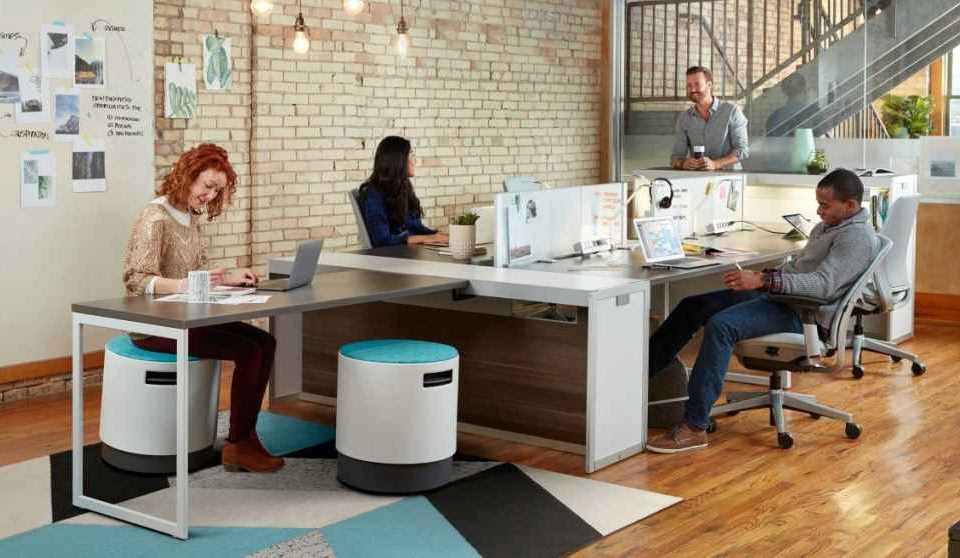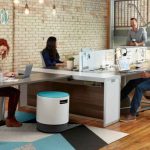The future of work: How technology is changing the way we work

Before the pandemic began in February 2020, only about 2 percent of the U.S. workforce was working remotely, by May 2020, that number had jumped to close to 70 percent. If there is one lesson we all learned from this pandemic, it is that remote work is critical to the existence of any business. The pandemic has now accelerated the future of remote work. This means that employees can work from anywhere and not just about working from home.
The office of the future is going to be very different from what we all know but in order to understand why we have to look at the evolution of the office. In the postwar era, the idea was to divide people into a hierarchy of bullpen versus corner office. As offices evolved, main floor workers were elevated a bit and given a little more privacy with cubicles.
Later, though, cubicles became associated with cheapness and layoffs, and the office began to evolve once again. In the late 1990s and early 2000s, the open-concept office took over, though it was quickly discovered that it’s often difficult to concentrate and get any real work done when there are no dividers. So what is in store for the office of the future?
These days workers want options. While it is certainly great to have open spaces for collaborative tasks, today’s workers also want to be able to work away from their coworkers when it’s time to go heads down. There is also a greater emphasis on health and well-being, so the offices of today often feature things like adjustable standing desks, pedal desks, and even fitness centers. There’s often a common area where people can congregate to get to know each other a little better, and those places feature things like ping pong tables or other interactive activities.
The other major advancement in the office of today comes in the form of free snacks and premium coffee. Keeping workers fed, caffeinated, and happy is key to building a productive team. What’s more, offering free snacks, drinks, and premium coffee also goes a long way toward keeping employees satisfied with their jobs.





